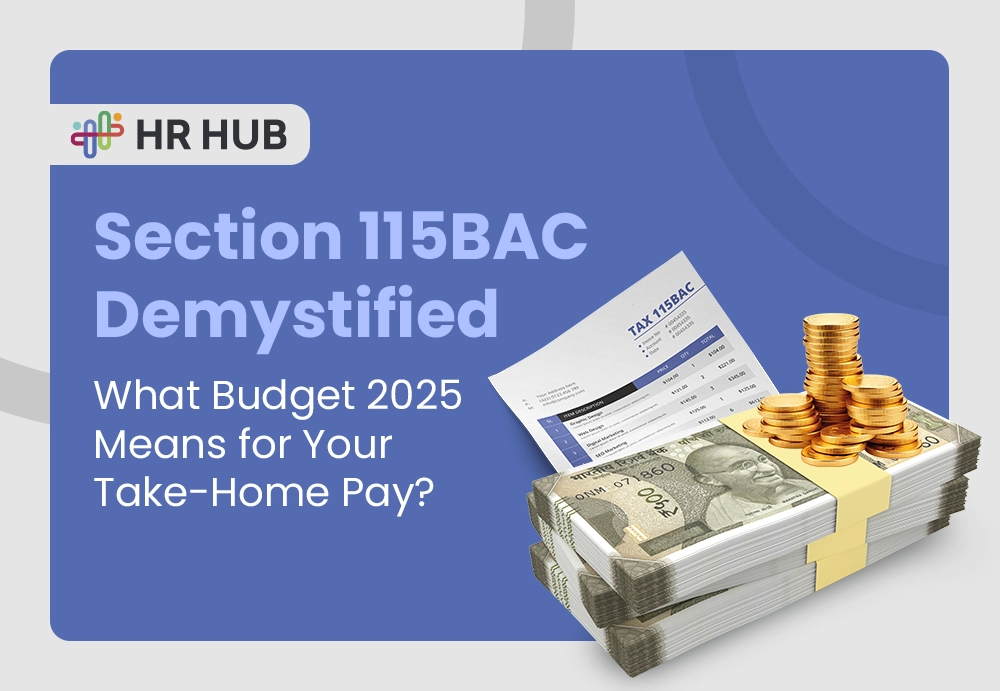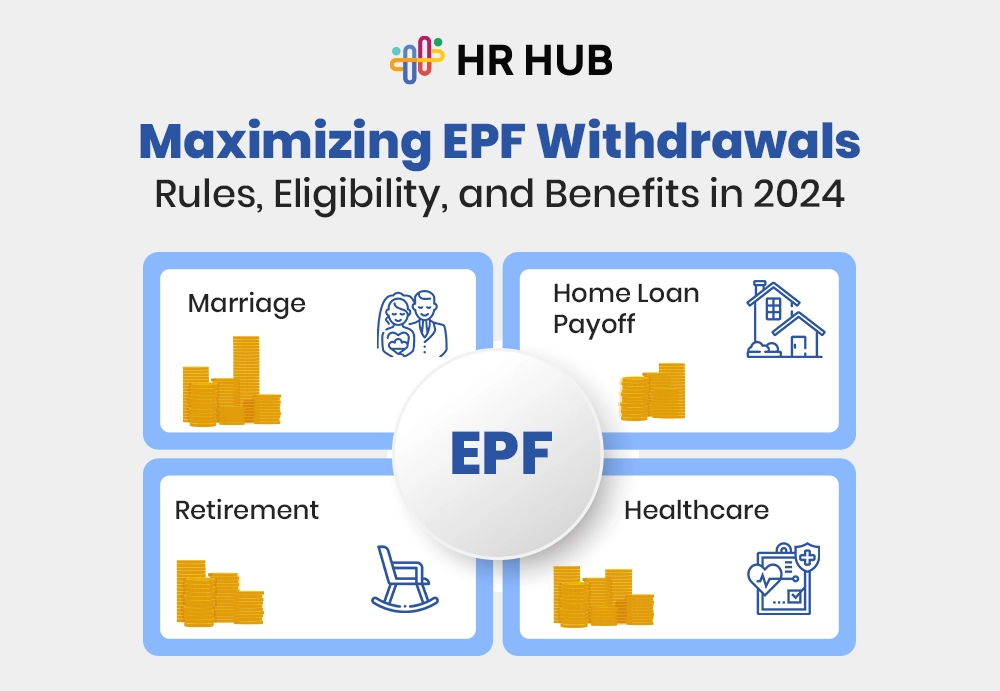What do Google, Tata Group, and Unilever have in common?
They’ve all made bold moves in diversity and inclusion strategies and seen real business benefits.
But here’s the kicker: you don’t need to be a billion-dollar company to build a workplace where everyone feels seen, heard, and valued. You just need to get intentional—and a little uncomfortable.
Let’s explore what it means to create a workplace that works for all, not just a chosen few.
Why Are We Still Talking About DEI in 2025?
Because many companies still haven’t moved past performative inclusion.
We’ve all seen those rainbow-colored logos during Pride Month, the Women’s Day cupcakes in the break room, and the token cultural poster during Diwali.
It’s all nice. But is it impactful?
DEI initiatives can’t be seasonal or symbolic. They must be stitched into your company’s daily fabric—woven into hiring, communication, promotions, and even conflict resolution.
Inclusion isn’t a project; it’s a practice. Workplaces that embrace it aren’t just doing the “right thing”—they’re building better teams, products, and futures.
Reality Check: Diversity Without Inclusion is Just Optics
So your company has people from different cultural backgrounds. There’s gender balance on your org chart. You’ve even updated your job descriptions to sound more neutral.
Good start. But here’s the cold truth: diversity without inclusion is just branding.
It’s like inviting people to a party, but never asking them to dance.
They’re in the room, but not part of what’s happening.
Let’s break this down:
- You have diversity if your hiring data shows representation across demographics.
- You have inclusion if those diverse employees:
- They are heard in meetings without being interrupted.
- See a path to leadership that isn’t blocked by invisible barriers.
- Can express disagreement without being labeled "difficult."
- Feel psychologically safe bringing up sensitive topics or personal needs.
Most companies stop at the first one.
This results in a “check-the-box” approach to DEI: We hired the talent, added pronouns to our email signatures, and organized a cultural potluck—so we’re good, right?
Not even close.
When inclusion is missing:
- Diverse employees disengage.
- Turnover quietly rises.
- Internal cliques form.
- Innovation flattens—because people are afraid to be bold or different.
Diversity brings people in. Inclusion keeps them there.
When the two align, companies start seeing real, sustainable impact—not just in team harmony but also in business performance.

5 Real-World Steps to Create a Culture Where People Want to Stay
Let’s shift from theory to action. You don’t need to run a massive global operation to get this right. Even if you’re a 20-person startup or a mid-sized firm, these five actions can radically shift your culture toward real inclusion:
1. Co-Create the Inclusion Blueprint With Your People
Let employees be the architects of your DEI efforts—not just the recipients.
- Host open town halls or “courageous conversations” where employees can speak candidly about what inclusion means to them.
- Use anonymous forms to surface concerns people might hesitate to voice publicly.
- Run quarterly “culture audits” to map real experiences against your policies.
Why it matters: Inclusion isn’t one-size-fits-all. What feels empowering to one team might feel performative to another. Ground your strategy in lived experiences, not assumptions.
2. Bake Inclusion Into Everyday Decisions
We tend to think of inclusion as a special initiative HR handles. That’s a trap.
Inclusion should shape:
- How meetings are structured (e.g., rotating who speaks first, summarizing for quieter voices).
- Who gets looped into strategic conversations?
- What kind of feedback is given, and to whom?.
Even your Slack/Teams culture matters: Are jokes inclusive? Do all departments feel equally visible?
Pro tip: Review one process per month (e.g., how project teams are formed) and explore whether biases creep in. You’ll uncover powerful insights.
3. Promote People for Inclusion Behaviors, Not Just Performance
We often reward the loudest person in the room—the one who “takes charge” or “owns the meeting.” But does that person:
- Uplift quieter teammates?
- Interrupt bias when they see it?
- Encourage team members to share unconventional ideas?
If not, they’re performing—but not leading inclusively.
Build leadership scorecards that include diverse and inclusive workplace actions. For example:
- Mentoring across backgrounds
- Facilitating fair discussions
- Calling out inequity in real time
Why it matters: Employees will mirror what gets rewarded. When inclusive behaviors lead to growth, your culture shifts faster than any workshop could manage.
4. Rethink “One Size Fits All” Benefits and Policies
An inclusive culture adapts, not just communicates.
- Does your parental leave policy work for LGBTQ+ parents?
- Can neurodivergent employees access workplace accommodations without awkward conversations?
- Are your holidays inclusive of various faiths and communities?
Flexibility is the backbone of equity.
Offer:
- Optional floating holidays
- Multiple language options for important internal documents
- Support groups (e.g., women in tech, first-generation graduates, etc.)
Why it matters: Inclusion lives in the small details—the kind that often go unnoticed unless you’re the one being excluded.
5. Make Inclusion a Measurable, Living Metric
Why not include if you can measure profits, performance, and productivity?
Track metrics like:
- Team sentiment across departments and locations
- Retention rates across demographics
- Participation in DEI-driven initiatives
- Promotion velocity by gender, caste, region, or disability
But go beyond the numbers:
- Conduct “stay interviews” with diverse employees. What motivates them to start, and what might push them to leave?
- Review exit interview patterns. If women, LGBTQ+ employees, or employees from marginalized regions are exiting more frequently, that’s a red flag.
Bonus: Publish your progress transparently—internally or externally. It builds credibility and trust.
But What If You Get It Wrong?
You will.
Internal communication might be lacking, a team leader might slip up, or a policy might unintentionally exclude someone.
That’s okay.
Because DEI isn’t about perfection—it’s about progress. What matters most is how you listen, learn, and course-correct.
Inclusion is a journey, not a destination.
Let’s Redefine the “Ideal Employee”
It’s time to move beyond the polished English speaker from a Tier 1 city with a conventional degree. Talent comes in many forms:
- Neurodivergent professionals with genius-level problem-solving.
- Single mothers who bring unmatched multitasking skills.
- Rural graduates with grit and adaptability that no MBA teaches.
DEI initiatives expand your talent acquisition pool and future-proof your workforce.

Culture That Clicks, Not Just Sticks
When your workplace becomes truly inclusive, people don’t just stay—they thrive. They innovate more, collaborate better, and bring their full potential to work.
And that’s where HR HUB becomes your biggest ally.
From launching targeted diversity and inclusion strategies, managing unconscious bias training, gathering employee sentiment through smart surveys, and tracking progress with actionable dashboards, HR HUB helps you operationalize your DEI goals.
It doesn’t stop there. The platform helps you:
- Create safe channels for employee feedback.
- Customize inclusive policies and approvals.
- Set up transparent performance and promotion frameworks.
With HR HUB, your inclusion efforts aren’t lost in spreadsheets or feel-good slogans. They turn into systems that scale, processes that include, and a culture that works for everyone.
Because in the end, it’s not about ticking the DEI box.
It’s about making everyone in your workplace feel like they belong there.






